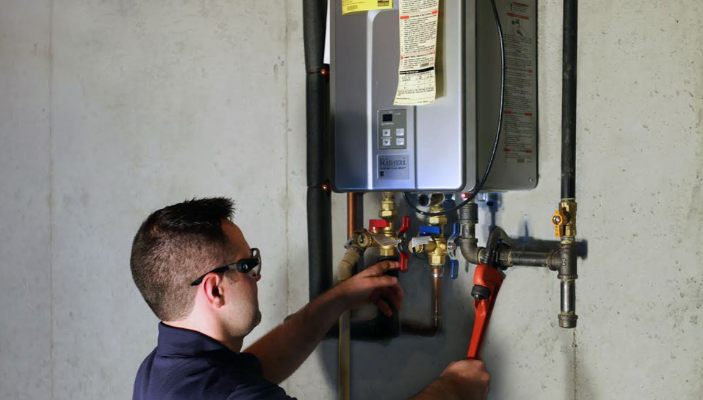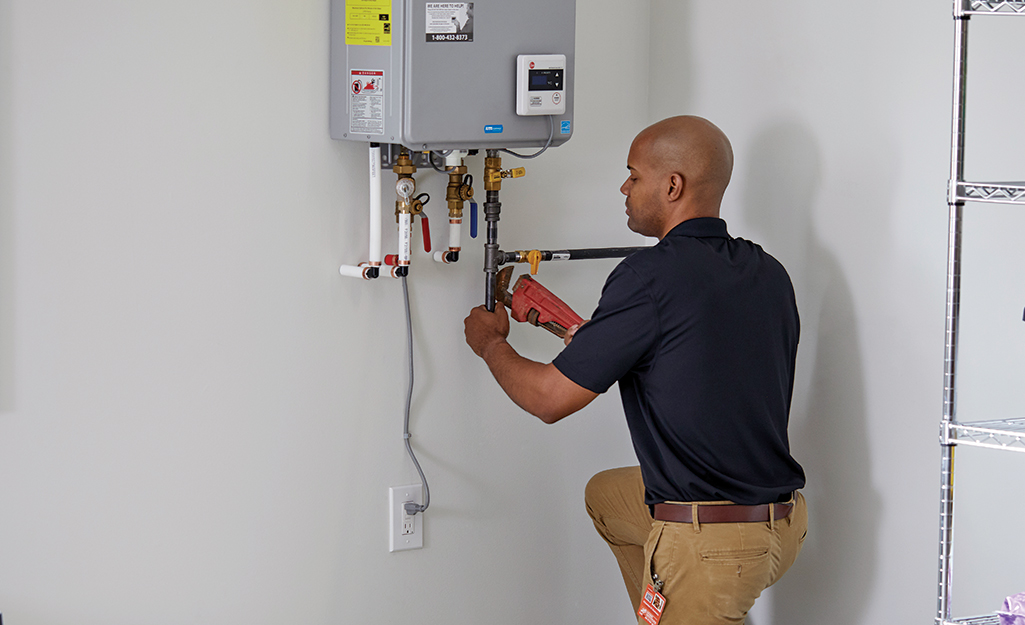Expert Tips on Caring for Your Home's Hot Water SystemEffective Techniques for Maintaining Your Home's Hot Water System
Expert Tips on Caring for Your Home's Hot Water SystemEffective Techniques for Maintaining Your Home's Hot Water System
Blog Article
The author is making several good pointers related to Tips For Maintaining Your Hot Water Heater overall in this post following next.

Warm water is vital for day-to-day comfort, whether it's for a revitalizing shower or cleaning meals. To ensure your hot water system runs successfully and lasts longer, routine upkeep is key. This short article provides useful pointers and insights on exactly how to maintain your home's warm water system to avoid interruptions and costly repair services.
Introduction
Preserving your home's hot water system could seem overwhelming, yet with a few basic steps, you can guarantee it runs smoothly for several years ahead. This guide covers every little thing from understanding your warm water system to do it yourself maintenance ideas and knowing when to employ specialist help.
Significance of Preserving Your Hot Water System
Normal maintenance not only expands the lifespan of your hot water system yet also ensures it runs successfully. Overlooking upkeep can bring about lowered efficiency, higher power bills, and also early failing of the system.
Signs Your Hot Water System Demands Upkeep
Knowing when your hot water system requires focus can prevent major problems. Keep an eye out for indicators such as irregular water temperature, strange noises from the heating unit, or corroded water.
Recognizing Your Hot Water System
Before diving into maintenance jobs, it's handy to understand the basic elements of your hot water system. Normally, this consists of the hot water heater itself, pipes, anode poles, and temperature level controls.
Month-to-month Upkeep Tasks
Regular monthly checks can help catch minor problems prior to they intensify.
Purging the Hot Water Heater
Purging your hot water heater gets rid of debris build-up, improving performance and lengthening its life.
Monitoring and Changing Anode Rods
Anode poles stop deterioration inside the container. Evaluating and changing them when broken is critical.
Evaluating and Readjusting Temperature Level Setups
Readjusting the temperature level setups makes sure optimal performance and security.
DIY Tips for Maintenance
You can perform several maintenance jobs on your own to maintain your warm water system in top condition.
Checking for Leaks
Routinely inspect pipelines and links for leaks, as these can result in water damages and greater expenses.
Evaluating Pressure Relief Valves
Examining the stress safety valve ensures it functions correctly and protects against too much pressure buildup.
Insulating Pipes
Insulating warm water pipelines lowers warmth loss and can save power.
When to Call an Expert
While DIY maintenance is valuable, some problems require expert knowledge.
Complex Concerns Needing Professional Help
Instances include significant leakages, electric issues, or if your water heater is continually underperforming.
Regular Professional Upkeep Advantages
Professional upkeep can include thorough examinations, tune-ups, and ensuring compliance with safety standards.
Verdict
Routine maintenance of your home's hot water system is necessary for performance, long life, and expense financial savings. By complying with these suggestions and understanding when to seek professional help, you can ensure a trustworthy supply of warm water without unforeseen interruptions.
How to Maintain an Instant Hot Water Heater
Before tinkering with your hot water heater, make sure that it’s not powered on. You also have to turn off the main circuit breaker and shut off the main gas line to prevent accidents. Also turn off the water valves connected to your unit to prevent water from flowing into and out of the appliance. 2. When you’re done, you have to detach the purge valves’ caps. These look like the letter “T” and are situated on either side of the water valves. Doing so will release any pressure that has accumulated inside the valves while at the same time avoid hot water from shooting out and burning your skin. 3. When the purge valves’ caps are removed, you have to connect your hosing lines to the valves. Your unit should have come with three hoses but if it didn’t, you can purchase these things from any hardware or home repair shops. You can also get them from retail stores that sell water heating systems. Read the user’s manual and follow it to complete this task properly. When the hosing lines are connected, open the purge port’s valves. 4. You should never use harsh chemical cleaners or solutions when cleaning your unit. Make use of white vinegar instead. It should be undiluted and you’ll probably use about 2 gallons. 5. Now flush your water heater. This task should probably take about 40 minutes. We can’t give you specific directions for this because the procedure is carried out depending on the type, model and brand of your heater. With that being said, refer to the user’s manual. 6. When you’re done draining the unit, you have to turn off the purge port valves again. Remove the hosing lines that you earlier installed on each of the water valves. Put the valve caps (purge port) back in their respective places and be very careful so as not to damage the rubber discs that are found inside these caps. 7. Now that everything’s back in place, check your user’s manual again to find out how to reactivate your water heating system. 8. Once it is working, turn one of your hot water faucets on just to let air pass through the heater’s water supply pipes. Leave the tap on until water flows smoothly out of it. https://www.orrplumbing.com/blog/2014/september/how-to-maintain-an-instant-hot-water-heater/

I am just very fascinated with How to Maintain a Hot Water Heater in a Few Simple Steps and I really hope you enjoyed reading the article. Sharing is nice. Helping people is fun. Many thanks for your time invested reading it.
This Post Report this page